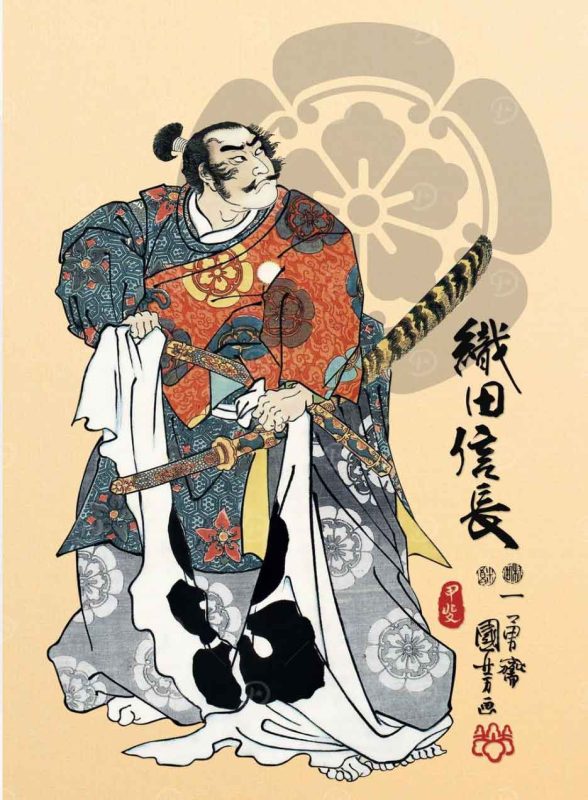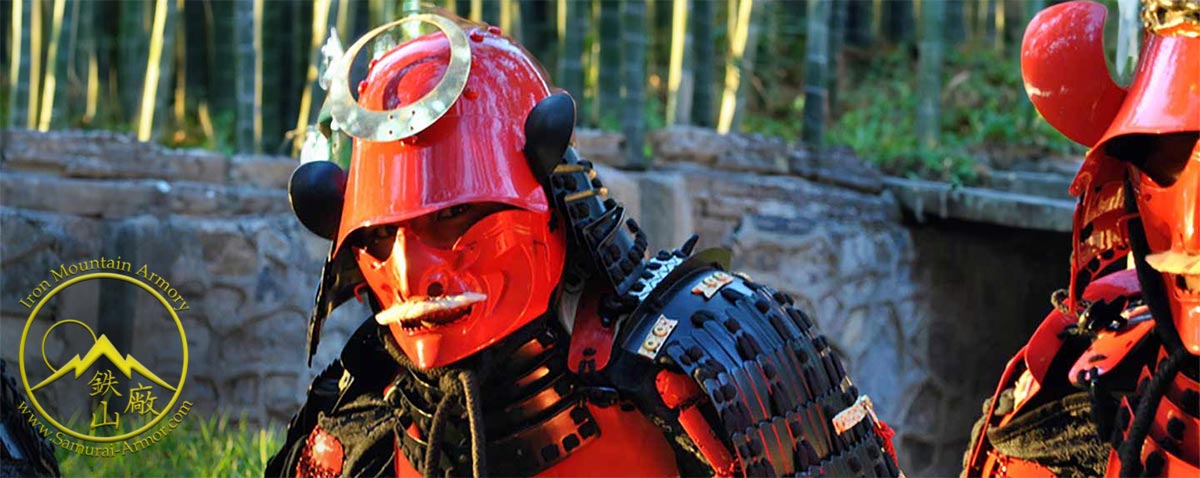In the heart of feudal Japan, where the shadows of the past clung to the land like the mist on Mount Hiei, a warrior and visionary named Oda Nobunaga emerged to etch an indelible mark upon the intricate tapestry of the nation’s history. Born in the year 1534 in the picturesque Owari province, Nobunaga’s destiny unfolded amidst the tumultuous winds of change, bringing with it controversy, defiance, and an audacious spirit that would reshape the fate of Japan.
Nobunaga, the son of the minor daimyo Oda Nobuhide, inherited not only the wealth and military might of Owari province but also a legacy that transcended the boundaries of convention. His early years were marked by peculiar behavior and a disdain for tradition, earning him the epithet “Owari no Outsuke” or “The Fool of Owari.” In a society where class distinctions were rigidly observed, Nobunaga dared to traverse the boundaries, associating with commoners, peasants, and the lowly, blurring the lines that separated the noble from the ordinary.
The defining moment came at his father’s funeral, a somber occasion steeped in tradition and ritual. Nobunaga, however, chose defiance over reverence, shocking the attendees with sacrilegious acts such as throwing ceremonial incense at the altar. This brazen display of disregard for ancient customs not only alienated some of his retainers but also ignited familial disputes that echoed through the corridors of Owari.
The repercussions of Nobunaga’s behavior extended beyond familial strife. At the heart of the turmoil was a man named Hirate Masahide, a samurai of great honor in service to the Oda clan. Unable to reconcile with Nobunaga’s antics, Masahide chose the path of ritual suicide (seppuku), a tragic act that sent ripples through the Oda household. Nobunaga, in an unexpected turn of events, later honored Masahide by erecting a temple in his memory—a testament to the profound impact of a single man’s sacrifice.
Undeterred by the skepticism and whispers that surrounded him, Nobunaga’s journey unfolded on the canvas of Japanese history with audacious strokes. In 1560, he stunned the entire nation by achieving a decisive victory over the formidable forces of Imagawa Yoshimoto, a major daimyo in the provinces bordering Owari. This triumph marked the initial step toward the ambitious dream of unifying a fractured nation torn apart by feudal strife.
Stouthearted and autocratic, Nobunaga’s vision extended beyond the battlefield. He embraced innovation, becoming the first of the daimyo to organize units equipped with muskets—an unprecedented move that would revolutionize the art of war. To solidify his position, he strategically controlled the agricultural production of the fertile Owari plain and established dominance over the rising merchant class of Nagoya in the heart of the province.
In 1562 , an alliance with Tokugawa Ieyasu, a capable daimyo of the neighboring province of Mikawa, became a pivotal move. This alliance, forged in the crucible of ambition, enabled Nobunaga to march on Kyōto, the historical capital of Japan, and appoint Ashikaga Yoshiaki as shogun. The tides of power were shifting, and Nobunaga stood at the forefront of a changing era.
, an alliance with Tokugawa Ieyasu, a capable daimyo of the neighboring province of Mikawa, became a pivotal move. This alliance, forged in the crucible of ambition, enabled Nobunaga to march on Kyōto, the historical capital of Japan, and appoint Ashikaga Yoshiaki as shogun. The tides of power were shifting, and Nobunaga stood at the forefront of a changing era.
Nobunaga’s consolidation of power unfolded with the construction of the magnificent Azuchi Castle in 1576, symbolizing the end of the Ashikaga shogunate. The castle, perched on the shores of Lake Biwa, became not just a fortress but a beacon of cultural brilliance. The district of Kyōto known as Momoyama, where another stunning edifice was later built by his protégé Toyotomi Hideyoshi, lent its name to the brief yet culturally brilliant Azuchi-Momoyama period (1573–1600) of Japanese history.
Meanwhile, Nobunaga embarked on a transformative economic policy. He abolished tolls on roads and guilds, privileged sources of income for local daimyo, and strengthened his military forces. In 1571, he unleashed his might upon the monasteries of Enryaku Temple on Mount Hiei outside of Kyōto, the headquarters of the Tendai sect of Japanese Buddhism—a traditional power in politics and religion since the 8th century.
The fanatically religious Ikkō sect, however, stood as a formidable obstacle to Nobunaga’s vision of unification. Their tenacious hold on minor local lords and alliances with powerful daimyo posed a prolonged challenge. Nobunaga engaged in a relentless struggle, both direct and indirect, against the Ikkō sect for over a decade.
In 1580, the relentless pursuit bore fruit when, through the mediation of the imperial court in Kyōto, Nobunaga achieved the surrender of the fortress-monastery of Hongan Temple at Ōsaka—a pivotal moment that solidified his control over the samurai and wealthier farmers. He further strengthened his political and economic base by investing the newly won estates in the hands of the samurai, reducing the traditional influence of the Buddhist temples.
As his influence expanded, Nobunaga displayed a pragmatic side by extending protection to Jesuit missionaries. Not driven by religious fervor but by political considerations, he saw Christianity as a tool to counterbalance the influence of the Buddhist temples. In 1581, Nobunaga encountered a Jesuit missionary who introduced him to a man named Yasuke—a foreigner granted samurai status. This historic moment marked Yasuke as the first recorded foreigner to achieve such a status in Japan, a testament to Nobunaga’s eclectic approach to power and diplomacy.
By the spring of 1582, Nobunaga stood on the precipice of conquering central Japan. His vision extended beyond the Owari plain, reaching towards the unification of the entire nation. However, fate had other plans. In June of that year, while at Honnō Temple in Kyōto, Akechi Mitsuhide, one of his vassals, betrayed him in a shocking coup. Wounded and with no chance of escape, Nobunaga chose the path of seppuku, ritual self-disembowelment—a poignant end to a warrior whose ambitions had reshaped the course of Japanese history.
The circumstances surrounding Nobunaga’s death remain a point of controversy among historians. Some believe he committed seppuku after being betrayed by Akechi Mitsuhide, while others argue that he was killed in the midst of the coup attempt. Regardless of the circumstances, Nobunaga left behind a legacy that echoed through the ages.
Although he did not live to witness the complete unification of Japan, Nobunaga had succeeded in bringing nearly half of the provinces under his control. His death marked a turning point, yet the impact of his vision endured. Oda Nobunaga became a symbol of change, a visionary who dared to defy norms and set in motion the end of the petty wars of Japanese feudalism.
His legacy unfolded in the chapters of Japan’s history as his successors, including Toyotomi Hideyoshi and Tokugawa Ieyasu, completed the unification process. The political and economic unification of Japan, initiated by Nobunaga, was formalized with the establishment of the Edo (Tokugawa) shogunate in the early 17th century—an era that endured.


